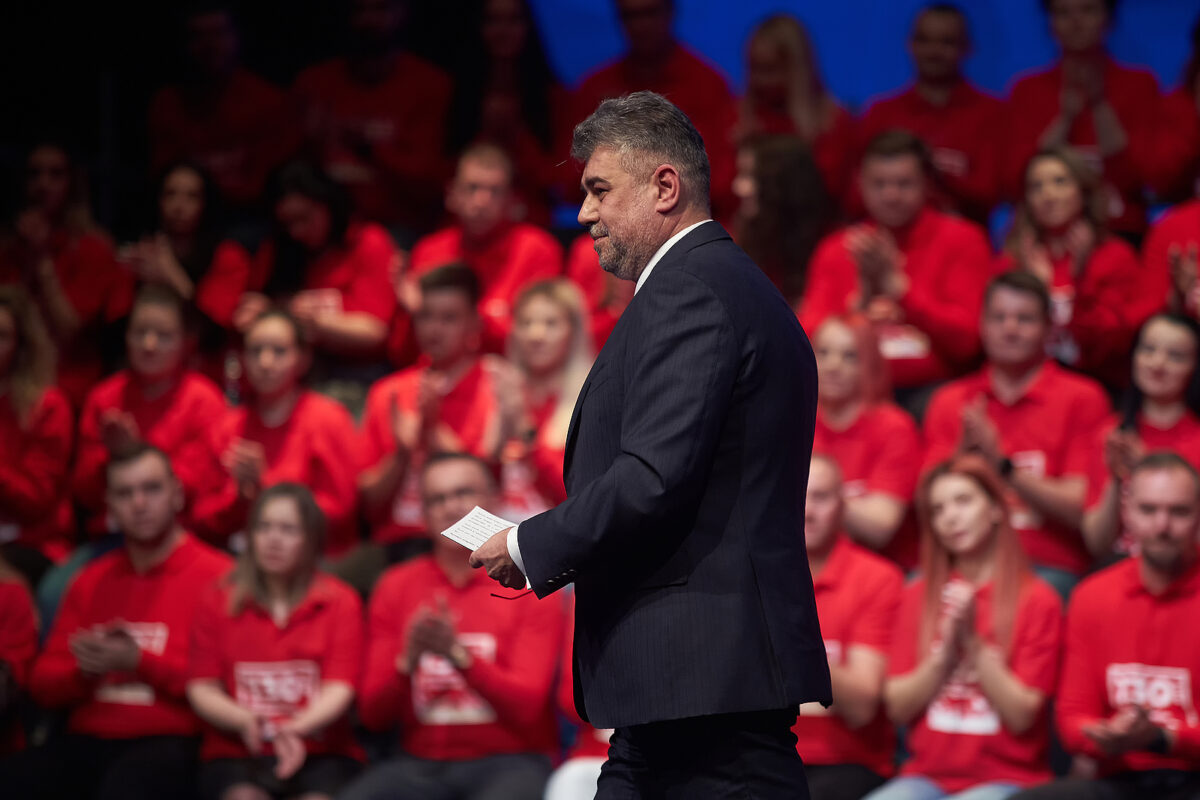Romania’s strategic partnership with the United States has been one of the anchors of its integration into NATO and the EU.
Even if the foreign policy agendas of Kamala Harris and Donald Trump differ greatly, the Democratic and Republican parties have been aligned over maintaining a very strong relationship with Romania over the last decades.
Thus, while a Harris administration would likely focus more on the United States’ relationship with the EU as a whole and on the war in Ukraine, a Trump one would likely replicate his earlier presidency’s strong bilateral engagement with several countries in Central and Eastern Europe, including Romania.
Bilateral issues—such as a visa waiver regime for Romanians travelling to the United States and the provision of US small modular nuclear reactor technology—are important for Romania. But they pale in comparison to the broader one of collaborating to increase security on NATO’s eastern flank, to support Moldova and Ukraine in the face of Russia’s aggression, and to counter the Kremlin’s hybrid threats and interference.
The adoption of the Black Sea Security Act by the US Congress is Romania’s top priority in its relationship with the United States. Its content regarding security, economic prosperity, democratic resilience, and interconnectivity clearly aligns with Bucharest’s main regional concerns.
These include countering military and hybrid threats from Russia, developing energy security for Romania and other countries in the region (including Moldova and Ukraine), and establishing a sustainable growth model with more integrated regional supply chains.
Political and economic investment
The United States has invested politically and economically in Romania over decades as part of its broader geostrategic engagement in Eastern Europe. Since joining the EU, Romania has enjoyed often coordinated US and EU support in security and critical infrastructure. The interconnectivity projects that it relies on most now are European: the Vertical Corridor gas pipeline system and revisions of the TEN-T infrastructure masterplan.
But, as the EU is shifting to a blended financing model, private-sector investment will be essential for all major development priorities. A Harris or Trump administration could play a role in this by encouraging American companies to get involved.
Euro-Atlantic integration consolidated economic, political, and legal freedoms in Romania, which in turn allowed it to build more sophisticated, sustainable national and local economic models.
However, large and enduring subnational disparities mean the benefits of economic integration are not felt equally. One-in-four people are at risk of economic and social exclusion, and the relative economic deprivation in some parts of the country fuels growing anti-liberal political sentiment.
Innovation is sorely needed in the economy, so that value-added production leads to better-paid jobs, as well as in local development policies for a more balanced growth model. Here too, a Harris or Trump administration could be helpful to Romania.
Back-to-back elections
It is hard to predict what the political situation will look like in Romania following the back-to-back parliamentary and presidential elections that will be held soon after Americans choose their president.
The governing Social Democratic Party (PSD) leads the polls for the former, while the latter is a tight contest between Prime Minister Marcel Ciolacu (pictured above) of the PSD, George Simion of the extreme-right Alliance for the Union of Romanians (AUR), and the independent Mircea Geoană, a former deputy secretary general of NATO.
The unprecedented recent decision by the Constitutional Court to ban a pro-Russia extreme-right candidate from the presidential election was not reassuring about the future of Romania’s commitment to democratic values.
First, it seems poorly grounded in legal precedent, given that the same candidate was allowed to run in the European Parliament elections earlier this year, when she won a seat. Second, it boosts Simion’s chances of getting into a runoff against Ciolacu. Third, it now seems that forming a governing coalition would be the favourite option of the PSD and AUR.
Most of the presidential candidates look firmly to the West despite their different political preferences and levels of commitment to a transatlantic orientation. AUR’s Simion has been signalling for over a year his appreciation for Trump. Ciolacu has been trying to build up his connections with Washington, but he relies more heavily on his ties to other EU member states. Geoană, who was Romania’s ambassador in Washington, has the closest ties with the Harris and Trump teams.
Foreign policy alignment
Romania’s foreign policy agenda should be more aligned with its strategic partnership with the United States.
If the Black Sea region’s security architecture is to hold, the country needs to step up to be a security provider there, rather than be just a recipient. This will require a comprehensive plan of engagement with Moldova, Ukraine, and the Western Balkans that includes economic and political dimensions.
The result of the recent EU referendum in Moldova reflects a major failure in Bucharest’s support for its neighbour’s European trajectory through soft power and people-to-people ties. Alongside formal governmental partnerships, Romania can and should do more to help Moldova in terms of cultural projects, civil society cooperation, countering disinformation and malign influence from Russia, and developing shared business platforms.
Romania is more likely to increase its regional engagement in this way should Trump win, given that he would be less committed to promoting regional stability than Harris. However, the foreign policy of the government led by Ciolacu and the statements of Simion show that they have a relatively inward focus too, unlike Geoana.
Regardless of its two coming elections, Romania could reach as early as next year a boiling point of resentment from the mix of rising inflation and taxes, pervasive income disparity, and lack of opportunities for most of the population, especially the youth and people from the regions.
The country’s stability in the coming years could be at stake. Now more than ever, Romania’s politicians to raise their game and make sure that the United States under a Harris or Trump administration will continue to invest in the strategic partnership and develop a comprehensive approach to safeguarding democratic values, prosperity and security in the region.
This article is part of series in which German Marshall Fund of the United States (GMF) experts from Central and Eastern Europe set out the implications of a Harris or Trump win in the US presidential election for the countries in the region.







